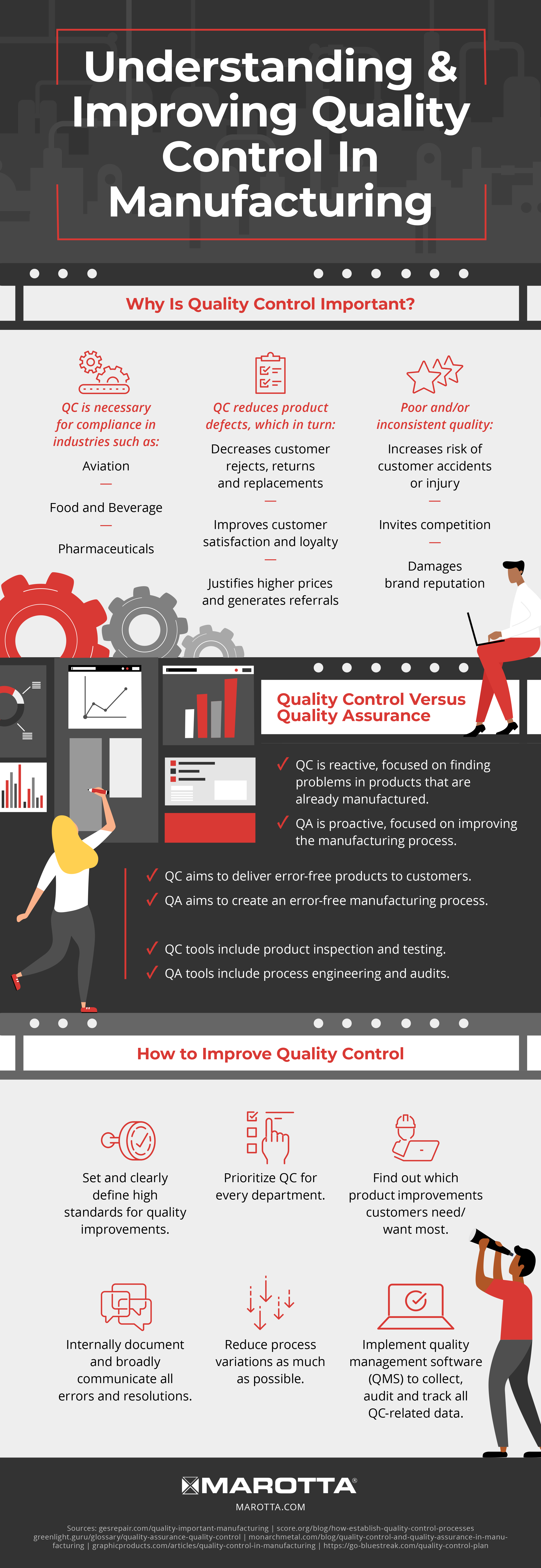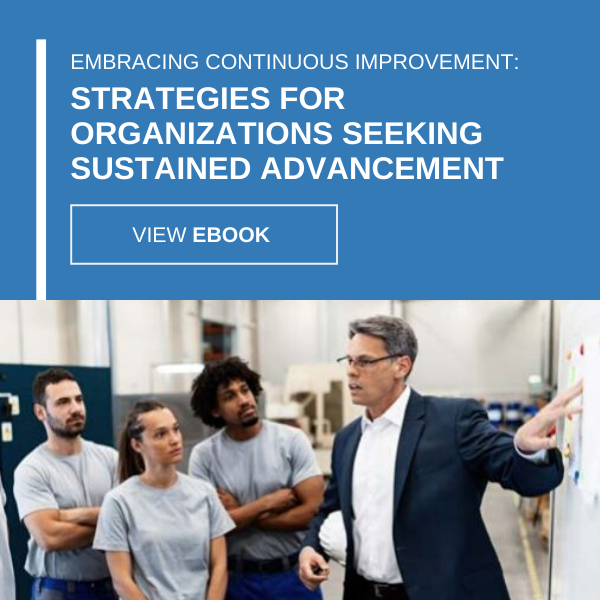-
Subscribe to Blog:
SEARCH THE BLOG
CATEGORIES
- Aerospace
- Asset Maintenance
- Automotive
- Blog
- Building Products
- Case Studies
- Chemical Processing
- Consulting
- Food & Beverage
- Forestry Products
- Hospitals & Healthcare
- Knowledge Transfer
- Lean Manufacturing
- Life Sciences
- Logistics
- Manufacturing
- Material Utilization
- Metals
- Mining
- News
- Office Politics
- Oil & Gas
- Plastics
- Private Equity
- Process Improvement
- Project Management
- Spend Management
- Supply Chain
- Uncategorized
- Utilities
- Whitepapers
BLOG ARCHIVES
- September 2025 (1)
- August 2025 (2)
- July 2025 (2)
- June 2025 (4)
- May 2025 (1)
- April 2025 (1)
- March 2025 (1)
- February 2025 (4)
- January 2025 (4)
- December 2024 (4)
- November 2024 (2)
- October 2024 (6)
- September 2024 (5)
- August 2024 (5)
- July 2024 (6)
- June 2024 (3)
- May 2024 (3)
- April 2024 (4)
- March 2024 (3)
- February 2024 (4)
- January 2024 (5)
- December 2023 (2)
- November 2023 (1)
- October 2023 (6)
- September 2023 (3)
- August 2023 (4)
- July 2023 (2)
- June 2023 (3)
- May 2023 (7)
- April 2023 (3)
- March 2023 (3)
- February 2023 (5)
- January 2023 (6)
- December 2022 (2)
- November 2022 (5)
- October 2022 (5)
- September 2022 (5)
- August 2022 (6)
- July 2022 (3)
- June 2022 (4)
- May 2022 (5)
- April 2022 (3)
- March 2022 (5)
- February 2022 (4)
- January 2022 (7)
- December 2021 (3)
- November 2021 (5)
- October 2021 (3)
- September 2021 (2)
- August 2021 (6)
- July 2021 (2)
- June 2021 (10)
- May 2021 (4)
- April 2021 (5)
- March 2021 (5)
- February 2021 (3)
- January 2021 (4)
- December 2020 (3)
- November 2020 (3)
- October 2020 (3)
- September 2020 (3)
- August 2020 (4)
- July 2020 (3)
- June 2020 (5)
- May 2020 (3)
- April 2020 (3)
- March 2020 (4)
- February 2020 (4)
- January 2020 (4)
- December 2019 (3)
- November 2019 (2)
- October 2019 (4)
- September 2019 (2)
- August 2019 (4)
- July 2019 (3)
- June 2019 (4)
- May 2019 (2)
- April 2019 (4)
- March 2019 (4)
- February 2019 (5)
- January 2019 (5)
- December 2018 (2)
- November 2018 (2)
- October 2018 (5)
- September 2018 (4)
- August 2018 (3)
- July 2018 (2)
- June 2018 (4)
- May 2018 (3)
- April 2018 (3)
- March 2018 (2)
- February 2018 (2)
- January 2018 (1)
- December 2017 (1)
- November 2017 (2)
- October 2017 (2)
- September 2017 (1)
- August 2017 (2)
- July 2017 (2)
- June 2017 (1)
- April 2017 (3)
- March 2017 (3)
- February 2017 (2)
- January 2017 (2)
- December 2016 (2)
- November 2016 (4)
- October 2016 (4)
- September 2016 (3)
- August 2016 (6)
- July 2016 (4)
- June 2016 (4)
- May 2016 (1)
- April 2016 (3)
- March 2016 (4)
- February 2016 (2)
- January 2016 (4)
- December 2015 (3)
- November 2015 (3)
- October 2015 (1)
- September 2015 (1)
- August 2015 (4)
- July 2015 (6)
- June 2015 (4)
- May 2015 (7)
- April 2015 (6)
- March 2015 (6)
- February 2015 (4)
- January 2015 (3)
CONNECT WITH US
Tag Archives: Compliance
For Manufacturers, Quality Control Should Be Sales MVP
For companies that manufacture products of any kind, there is a direct link between quality control and number of units sold. Engineers and technical staff sweating the QC details in the bowels of the factory may not see the link, nor may the salespeople who deliver high-tech presentations to million-dollar prospects in corporate suites. Nevertheless, the link exists, and it is solid: Well-made and consistent products boost revenues, while product defects drive existing customers and prospects into the eager arms of competitors.
The accompanying resource presents a highly focused overview of Quality Control that will be helpful for manufacturers, converting and fabrication, as well as personnel in manufacturing organizations who may not realize how important QC is to the success of their companies — and perhaps to their careers.
The term “quality control” is often used loosely and means different things to different people. The below infographic defines quality control and distinguishes it from quality assurance, another important discipline in manufacturing. The essence of quality control is its focus on preventing defective products from reaching the customer — this is the overarching goal of QC and the purpose behind every QC test, inspection, report and review. Once you understand this simple (but sometimes elusive) definition of QC, its connection to sales becomes crystal clear.
The Risks and Benefits of QC
The cost of product defects is high on a host of fronts. If customers receive defective products, a lot of bad things can happen. If the manufacturer is lucky, the defects will be identified on the receiving dock, in which case the costs may be “limited” to a rejection, return and replacement.
These situations are costly enough but still pale in comparison to the cost of having a bad product not be identified quickly and, instead, used by the customer. If the product causes severe monetary losses, injury or death, the cost of litigation (to say nothing of the human toll) could be enough to put even a large manufacturing organization out of business.
On the flip side, high quality standards help build a company’s reputation for quality; attract prospects; generate referrals; earn reorders; enable the company to set higher prices; and push competitors into other markets and products niches. This is why QC should be every employee’s favorite department. To learn more about quality control and how to improve it in your organization, please continue reading.

Quality Control in manufacturing from Marotta Controls.
Quality control is near and dear to the hearts of every USC Consulting Group consultant. We pride ourselves on the quality of our work and our 98.3% client satisfaction rating proves that fact. Contact us today and we can help improve the quality in your operations.





